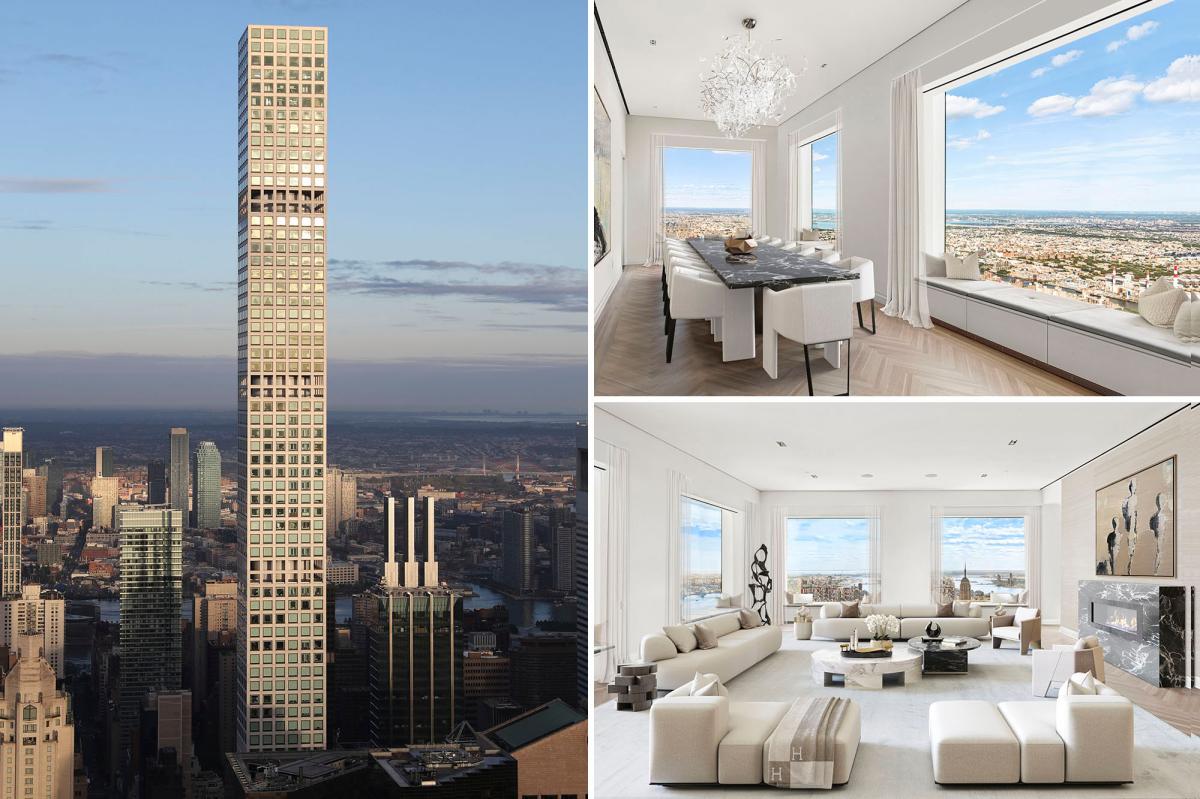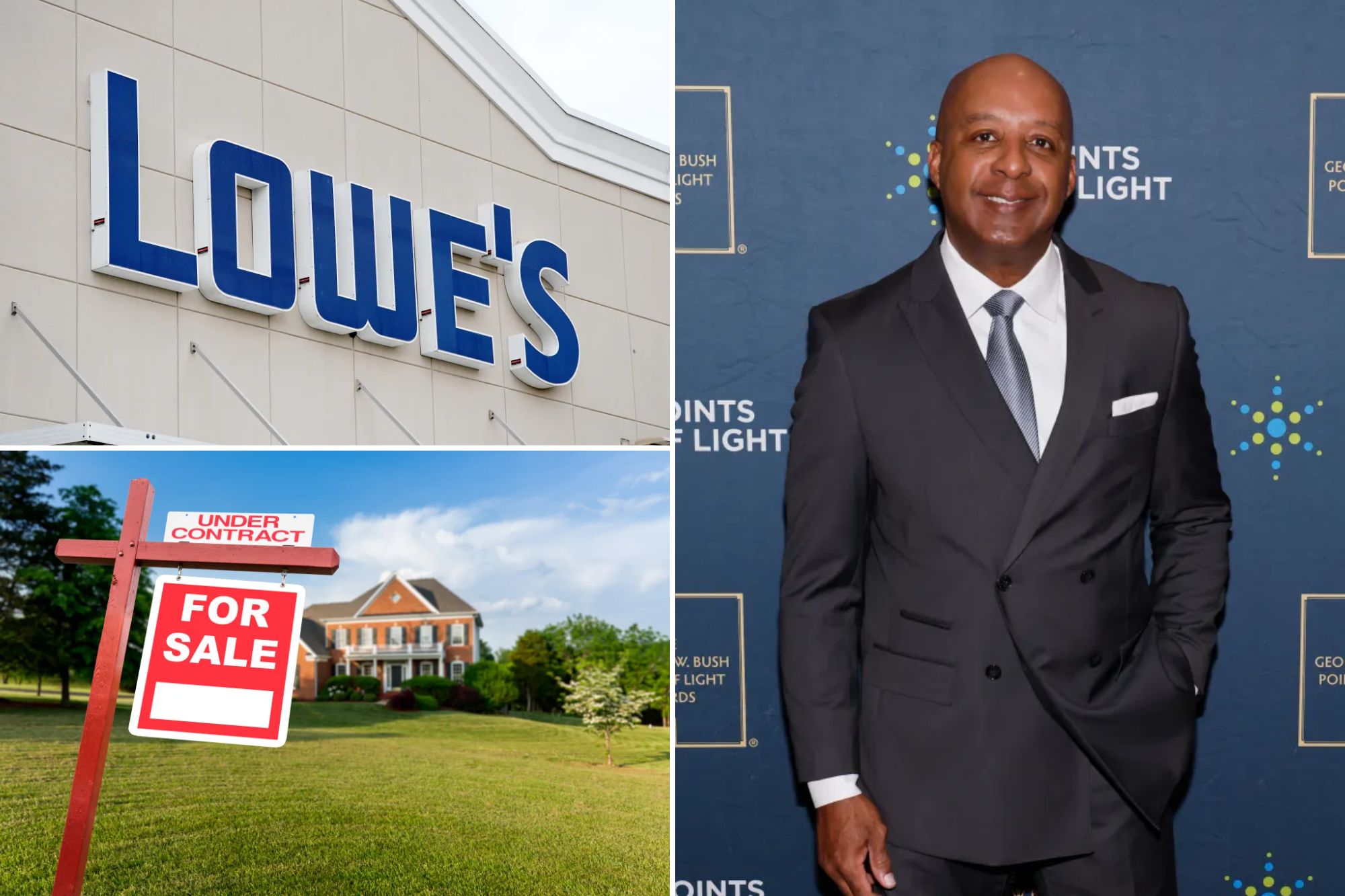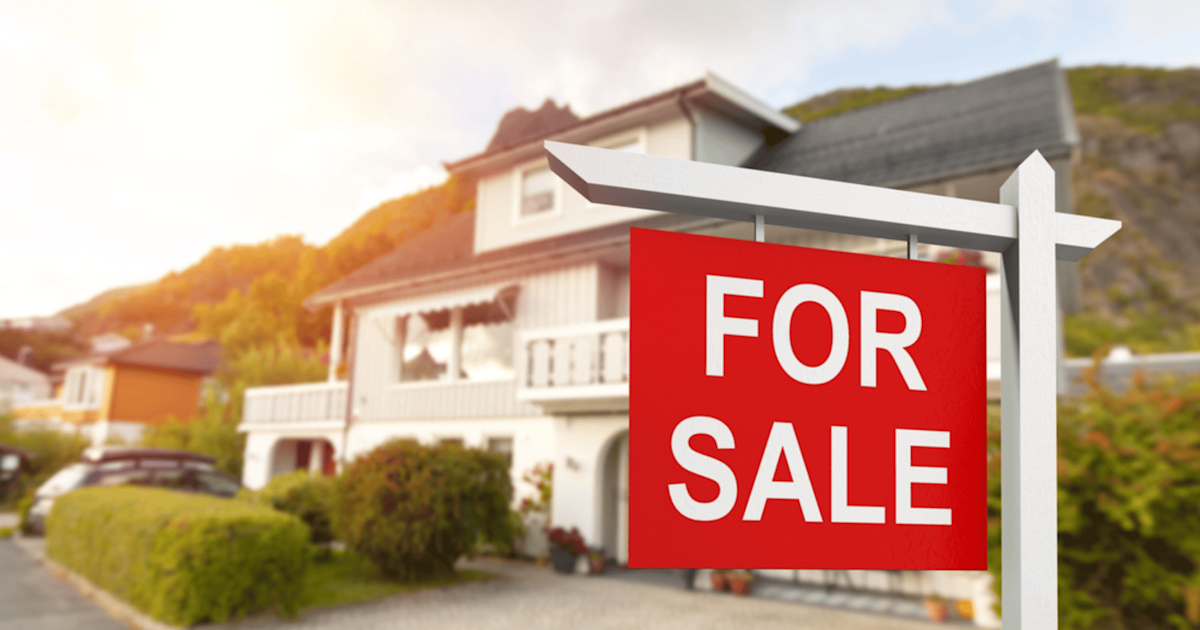T
he market on Shelter Island feels like a tug‑of‑war between buyers and sellers, a paradox that many local agents confirm. As buyers grow more knowledgeable about property values and the national economy shifts, the balance is constantly shifting.
Realtor.com reports that in September 2025 the median listing price was $2.8 million, up 22.1 % from a year earlier, with a median price per square foot of $1,000. Homes spend an average of 137 days on the market, a slight uptick from last month and last year.
Broker Melina Wein notes that the biggest hurdle for sellers is pricing. “If you set the price too high, the house won’t move,” she says. Buyers now tend to wait, watching market trends to find the optimal closing window, which can extend the sales cycle.
The pandemic initially spurred activity as families fled congested cities, seeing Shelter Island as a safer haven. Once COVID receded, the boom slowed. Wein observed that early in the post‑pandemic period, listings were sluggish, but owners adjusted by negotiating more aggressively to close deals.
Angelo Piccozzi of Dering Harbor Real Estate says business is strong, yet the volume of high‑price sales has dropped. Transactions above $4 million are rarer, while many homes now sell between $1.5 and $2.5 million. Piccozzi attributes this to generational shifts: older families moving closer to relatives and younger buyers stepping in to purchase inherited homes.
Even in early November, Piccozzi sees interest in 2026 summer rentals. “Renters often become buyers after a season or two,” he explains.
Independent broker Susan Cincotta confirms the trend toward lower price points, noting that deals are closing at $2.5 million or less. She highlights a surge in listings, a level not seen in recent years, and stresses that both sides are realistic about pricing.
Marika Kaasik points out that the market has changed. “COVID was an anomaly,” she says. While multi‑million‑dollar deals are still happening along Gardiner’s Bay, the pace of transactions has accelerated compared to the past.
Penelope Moore of Saunders Real Estate recalls a dip in sales after Donald Trump’s inauguration in January 2025. “I was showing great properties but closing was scarce,” she recalls. By August, however, buyers who had previously been hesitant became serious. Cynthia Barrett of Brown Harris Stevens attributes this shift to rumors of falling interest rates. Even if rates haven’t dropped enough to be ideal, buyers are re‑engaging, and sellers who had held firm on high prices are now forced to reduce their asking prices to stay competitive.
High‑end buyers, often from financial services, have had prosperous years and expect 2026 to mirror that success. They’re willing to consider premium properties. While some open houses still see no visitors, the influx of earnest buyers has steadied sales. Many of these buyers are younger, likely to keep the homes within their families for generations.
Janalyn Travis‑Messer of Griffing & Collins, a developer on Shelter Island, East Hampton, and Pennsylvania, sees the price reductions as a positive sign. “It’s a buyer’s market,” she says. Even with modest interest rate declines, buyers remain cautious about fixer‑uppers, preferring properties that require minimal work. She advises buyers to trust their broker’s recommendations for reliable contractors, as local tradespeople can deliver quality work at reasonable costs.
Tim Kelly, Executive Manager of Sales at Douglas Elliman in Sag Harbor, echoes a common sentiment: “If a property is priced correctly, even high‑end homes will attract buyers.”














